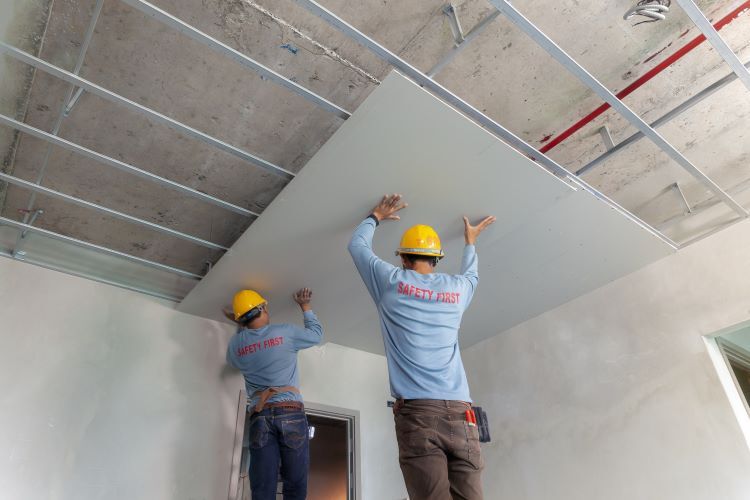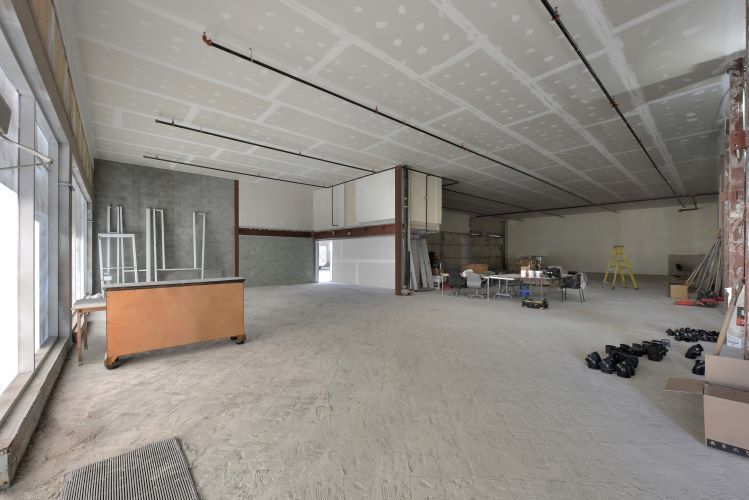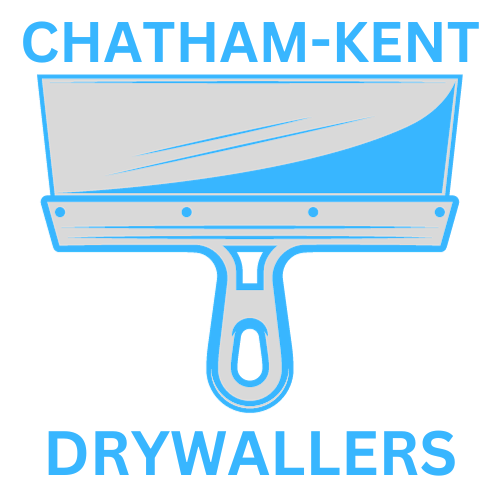How to Drywall a Ceiling

Drywalling a ceiling is a key component in any home improvement project. It provides a smooth, uniform surface that can be painted or textured to match your interior decor. At Chatham-Kent Drywallers, we understand the importance of a properly installed ceiling and are here to guide you through the process. This article will walk you through the essential techniques and steps involved in drywalling a ceiling.
Tools and Materials Needed
Before you begin, gather the necessary tools and materials:
- Drywall sheets (usually 1/2 inch thick for ceilings)
- Drywall screws
- Drywall tape
- Joint compound (mud)
- Utility knife
- T-square
- Drywall lift (optional, but highly recommended)
- Screw gun or drill with a drywall bit
- Mud pan and taping knife
- Sanding block or pole sander
- Measuring tape
- Ladder or scaffolding
Step-by-Step Process
1. Preparation
Measure and Plan:
- Measure the dimensions of your ceiling to determine the number of drywall sheets required.
- Plan the layout, ensuring that the joints between sheets do not align with joints on the walls. This will add strength to the ceiling.
Mark Joists:
- Use a stud finder to locate and mark the ceiling joists. This will guide you when attaching the drywall sheets.
2. Cutting the Drywall
Measure and Mark:
- Measure the length and width of the first section of the ceiling.
- Use a T-square to mark the dimensions on the drywall sheet.
Cut the Drywall:
- Score the drywall along the marked line using a utility knife.
- Snap the drywall along the score line and cut through the paper backing.
3. Installing the Drywall
Position the Drywall:
- With the help of a drywall lift or an assistant, position the first sheet of drywall against the ceiling joists.
Secure the Drywall:
- Drive drywall screws through the drywall into the joists, spacing them about 12 inches apart.
- Start from the center of the sheet and work your way outwards to avoid bulges.
Repeat the Process:
- Continue measuring, cutting, positioning, and securing the drywall sheets until the entire ceiling is covered.
4. Taping and Mudding
Apply Drywall Tape:
- Cover all joints between drywall sheets with drywall tape.
- Use mesh tape for added strength and ease of use.
First Coat of Mud:
- Apply a thin coat of joint compound over the tape using a taping knife.
- Smooth it out to ensure it blends seamlessly with the drywall surface.
Let it Dry:
- Allow the first coat to dry completely, which usually takes about 24 hours.
Second Coat:
- Apply a second coat of joint compound, extending it a few inches beyond the first coat to feather out the edges.
- Smooth it out and let it dry.
Final Coat:
- Apply a third, final coat of joint compound to achieve a smooth finish.
- Sand the dried compound using a sanding block or pole sander to remove any imperfections.
5. Finishing Touches
Inspect and Touch Up:
- Inspect the ceiling for any missed spots or imperfections. Apply additional joint compound if necessary and sand again.
Prime and Paint:
- Once the drywall is smooth and free of dust, apply a primer to the ceiling.
- Finish with a coat of paint or texture to match your desired look.
Tips and Tricks
- Use a Drywall Lift: Renting a drywall lift can save you a lot of effort and make the installation process safer and more efficient.
- Stagger the Seams: Ensure that the seams between drywall sheets are staggered to increase the structural integrity of the ceiling.
- Lightweight Drywall: Consider using lightweight drywall for ceilings to make handling and installation easier.
- Safety First: Always wear safety glasses and a dust mask to protect yourself from dust and debris.
Conclusion
Drywalling a ceiling may seem daunting, but with careful planning and the right techniques, you can achieve professional-looking results. At Chatham-Kent Drywallers, we specialize in drywall installation and finishing. Whether you’re undertaking a DIY project or need expert assistance, our team is here to help. Contact us today for all your drywall needs and let us ensure your ceiling is finished to perfection.
You might also like



